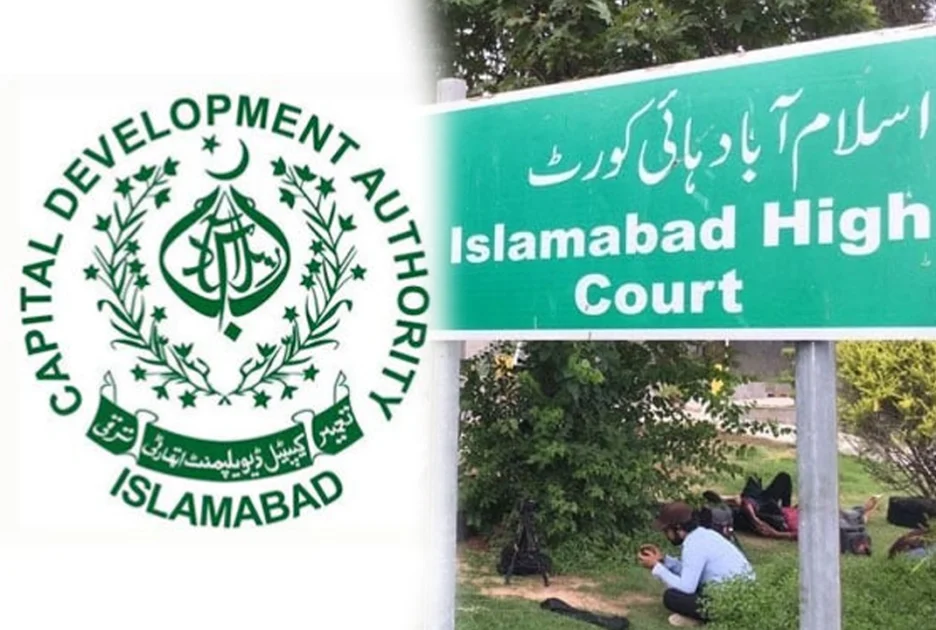- Web Desk
- 13 Minutes ago

Honouring the real heroes of Pakistan’s nuclear programme: The scientists
-
- Web Desk
- May 28, 2025

ISLAMABAD: Today, as we celebrate, the milestones of Pakistan’s nuclear programme, “Youm-e-Takbeer”, we also need to honour the real heroes— the scientists whose brilliance and perseverance have secured the nation’s place in the annals of nuclear history.
The successful nuclear tests in 1998 were a testament to their hard work, innovation, and unwavering dedication to their country.
Dr. Abdul Qadeer Khan: The Father of Pakistan’s Nuclear Bomb
Dr. Abdul Qadeer Khan is widely regarded as the father of Pakistan’s nuclear bomb. His pivotal role in developing Pakistan’s uranium enrichment program at the Kahuta Research Laboratories (KRL) was instrumental in achieving nuclear capability. Dr. Khan’s contributions were not only technical but also strategic, as he led the efforts to acquire the necessary technology and materials, navigating a complex international landscape.
Dr. Munir Ahmad Khan: The Visionary Leader
Dr. Munir Ahmad Khan, a distinguished nuclear engineer, was the chairman of the Pakistan Atomic Energy Commission (PAEC) from 1972 to 1991. Under his leadership, PAEC developed the nuclear fuel cycle, including the establishment of the Pakistan Institute of Nuclear Science and Technology (PINSTECH) and various nuclear power plants. Dr. Khan’s vision and administrative skills were crucial in the successful execution of the nuclear program.
Sultan Bashiruddin Mahmood: The Reactor Specialist
Sultan Bashiruddin Mahmood played a significant role in the development of nuclear reactors and plutonium production. He was deeply involved in the construction and operation of the Khushab reactor, which is a key component of Pakistan’s plutonium production capabilities. His expertise in reactor technology was critical in advancing the country’s nuclear infrastructure.
Dr. Riazuddin: The Theoretical Physicist
Dr. Riazuddin, was considered one of the early pioneers of Pakistan’s nuclear weapons development and atomic deterrence development. He was the director of the Theoretical Physics Group (TPG) of the Pakistan Atomic Energy Commission (PAEC) from 1974 until 1984. Riazuddin continued to develop the theoretical designs of the atomic weapon during 1978. In 1982 the PAEC finally developed the device and carried out the first cold-test of the TPG’s theoretical design by May 1983 at Kirana Hills. Riazuddin is the recipient of Pakistan’s highest civil awards.
Dr. Ishfaq Ahmad: The Scientific Advisor
Dr. Ishfaq Ahmad, a prominent physicist, served as the chairman of PAEC after Dr. Munir Ahmad Khan. He was a key figure in the successful execution of Pakistan’s nuclear tests in May 1998, known as Chagai-I. Dr. Ahmad’s contributions to nuclear physics and his leadership during the crucial testing phase ensured the reliability and effectiveness of Pakistan’s nuclear arsenal.
Dr. Samar Mubarakmand: The Missile and Test Director
Dr. Samar Mubarakmand, a renowned nuclear physicist, was instrumental in developing Pakistan’s ballistic missile program and played a pivotal role in conducting the nuclear tests in 1998. His expertise in explosive technology and missile guidance systems was crucial in ensuring the successful delivery systems for Pakistan’s nuclear warheads.
Legacy and Impact
These scientists, along with their dedicated teams, have left an indelible mark on Pakistan’s nuclear programme and the country’s history . Their contributions ensured that Pakistan could defend its sovereignty and pursue peaceful nuclear energy applications.






